Rhinoplasty is one of the most popular cosmetic procedures to enhance the shape of the nose and overall facial balance. However, swelling after surgery is something you cannot avoid. This article Rhinoplasty Experience will guide you through the rhinoplasty swelling stages and provide tips on proper care to support a smooth recovery.
Does rhinoplasty cause swelling?
After rhinoplasty, the nose often becomes swollen, and this is a completely natural response of the body. When the nasal structure, skin, and soft tissue are surgically adjusted, the body reacts with fluid retention and mild inflammation. The level of swelling, however, can vary depending on several factors such as the surgeon’s technique, your body’s condition, and how well you care for your nose during the recovery stages.
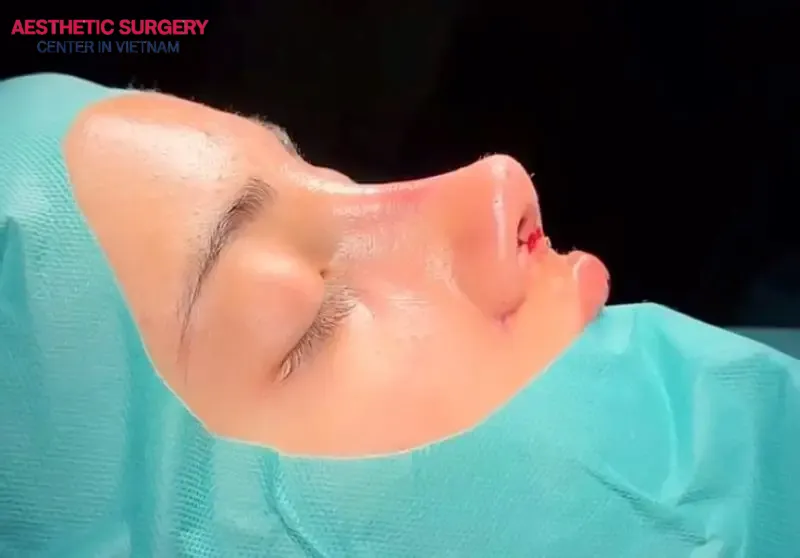
Rhinoplasty Recovery Stages
To ensure a safe and proper recovery after rhinoplasty, it is important to understand the rhinoplasty swelling stages. Below are the detailed phases of swelling, helping you know which stage you are in and how to take better care of yourself.
First week
The first week is when the swelling is most noticeable, usually within the first 48–72 hours. During this time, you may feel tightness in the nose, along with mild bruising around the eyes or cheeks. You might also experience slight difficulty breathing, which is a natural reaction of the body and something your surgeon has already anticipated.
One week after the swelling stage, your doctor will remove the splint, bandage, and stitches. At this point, your nose may feel a bit large, swollen, and firm, and it might not look like the shape you expected. However, there’s no need to worry, as the nose at this stage is not the final result you will see.
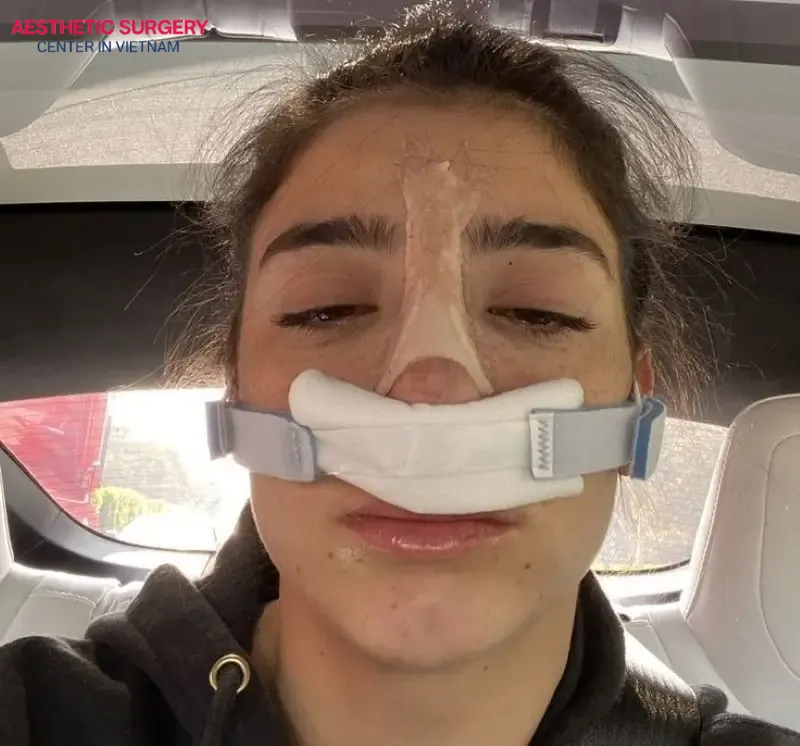
Second week
By the following week, your nose will start to feel much more comfortable. Bruising begins to fade, swelling decreases noticeably, and the shape of your nose will gradually become more visible, though not yet stable. At this stage, most people can return to their usual work, as long as it is not too strenuous, and use concealer to cover any remaining mild bruising.
Week 3–4
From the third to fourth week onward, most of the external swelling will have almost disappeared. You will notice the nose starting to take clearer shape, with a more defined bridge and a gentle contour around the tip and nostrils.
However, the soft tissue inside, especially around the tip of the nose, is still healing and gradually stabilizing. This is often the stage where you start noticing clear changes day by day. The nose looks more natural and realistic, which makes many people excited to see the transformation during this period.

From month 2 to month 6
From the 2nd to the 6th month, the nose recovers from the inside. During this stage, it becomes softer, the feeling of tightness or slight numbness is greatly reduced, and the cartilage stabilizes, allowing the nose structure to look more natural with the skin on the outside.
According to rhinoplasty experts, about six months after surgery, swelling is reduced by around 95%. With proper care and a healthy lifestyle, the nose shape at this stage can be up to 90% complete.
After 12 months
About one year after rhinoplasty, the nose is fully healed and stabilized, with all swelling completely gone. This is the time when you can accurately see the final shape of your nose as well as the long-term aesthetic result.
However, in some cases where the nasal skin is thicker, the body heals more slowly, or revision surgery is needed, it may take around 15–18 months for the tissue and cartilage to fully recover.
See more: How much does a facelift cost in Vietnam?
How Long Does Swelling Last After A Nose Job?
Swelling after rhinoplasty is a completely natural reaction of the body, but the recovery time is different for each person. It depends on several factors such as the surgeon’s technique, your body’s condition, skin thickness, and how well you care for your nose after surgery.
And during the recovery period, you may notice swelling both inside and outside the nose, specifically as follows:
External swelling
This is the type of swelling visible on the skin’s surface. The nose may look puffy with slight redness, along with bruising around the eyes and cheeks. However, this swelling usually decreases significantly within the first 2–4 weeks. By the second week, you can almost return to normal activities and cover any mild bruising with concealer.
Internal swelling
This is the main reason why many people mistake the nose for being crooked, too high, or unusually firm. In fact, the soft tissue and cartilage inside are still adapting and stabilizing. Swelling can last anywhere from 3 to 12 months, depending on each person’s recovery ability. That’s why it usually takes at least 6 months for the nose shape to become truly soft, stable, and as natural as possible.
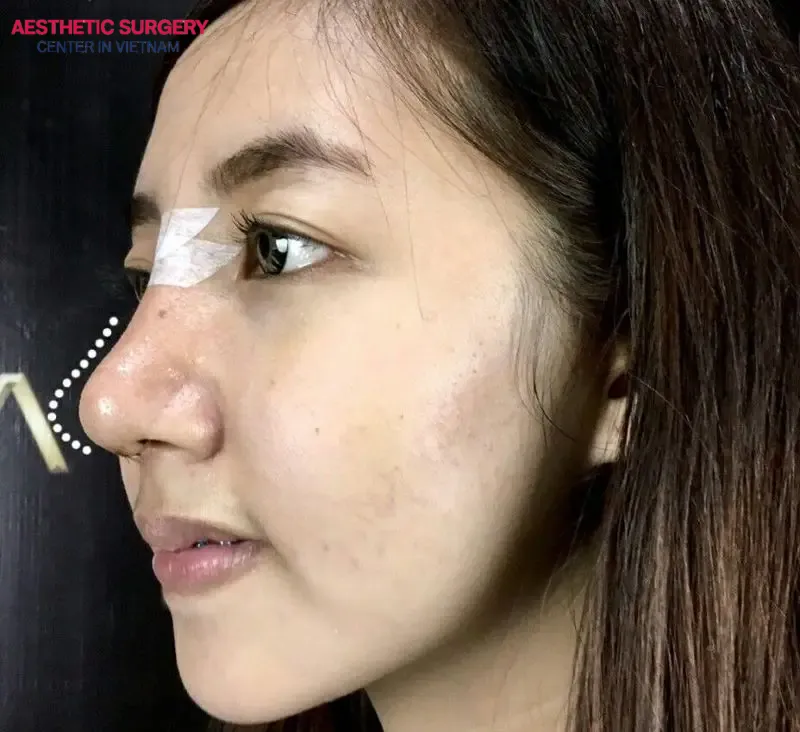
How to Reduce Swelling After Rhinoplasty
To support a faster recovery and effectively reduce swelling, you can try the following home remedies:
- Cold compress: You can use an ice pack or wrap ice cubes in a clean cloth and gently apply it to the cheek area for about 20 minutes each time during the first 48 hours.
- Elevate your head while sleeping: Use a high pillow to keep your head elevated during sleep. This helps reduce blood flow to the nose area, prevents fluid buildup, and supports the healing process.
- Drink water: Aim for about 2 liters of water per day to keep your body hydrated and support nose recovery. You can also drink fresh juices from fruits or leafy greens to provide extra nutrients and promote faster healing.
- Diet: Include foods that help reduce swelling, such as those rich in vitamin A, vitamin C, zinc, bromelain, or arnica montana. Also, avoid spicy and salty foods, as they can slow down the healing process.
Rhinoplasty swelling stages pictures
To help you better understand the stages of swelling after rhinoplasty, here are some reference images that illustrate each stage clearly:
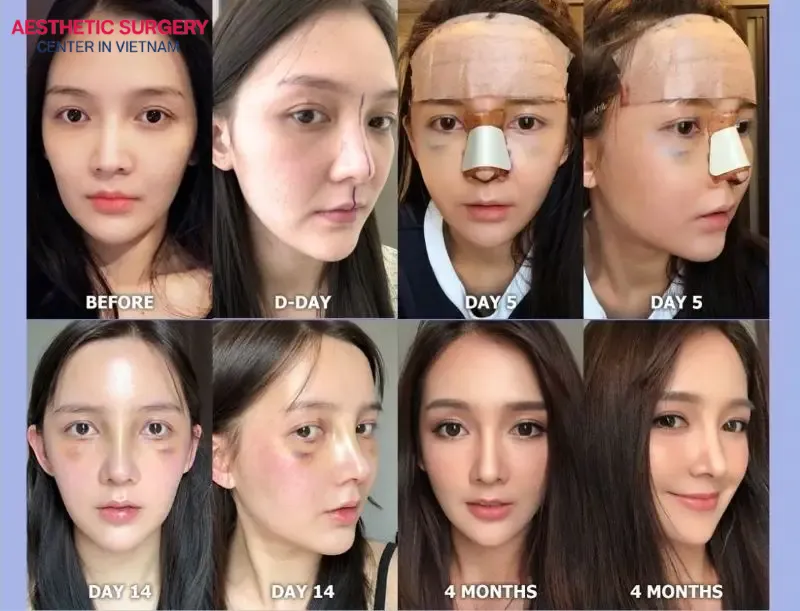
Important tips to help your nose heal faster and safely
After rhinoplasty, in addition to following your doctor’s instructions, you should also follow a few key guidelines to support faster healing, reduce the risk of complications, and help your nose achieve a better shape. These include:
Do not take medication without medical guidance
During recovery, you may feel pain or discomfort, but you should never take painkillers, antibiotics, or anti-inflammatory drugs without your doctor’s approval. Using medication incorrectly can affect blood clotting, delay wound healing, or even cause dangerous side effects.
Do not wear heavy glasses
For at least the first 1–2 months after surgery, you should completely avoid wearing framed glasses, especially heavy ones. The weight can put pressure on the nasal bridge, which is still very sensitive and healing, potentially affecting the newly shaped structure. If you must wear glasses, ask your doctor about support options such as using nasal tape or frameless glasses.
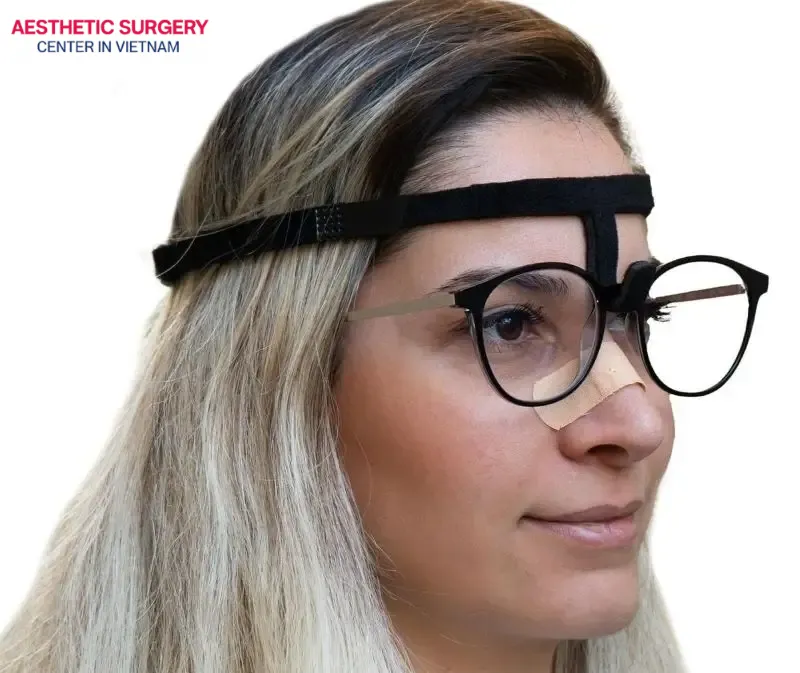
Do not put strong pressure on the nose
Touching, pressing, massaging, or even sleeping face-down with pressure on the pillow are actions you should absolutely avoid. In the early stage, even small impacts can cause cartilage displacement and affect the final aesthetic result. Therefore, it’s best to leave your nose untouched and avoid unnecessary contact to ensure you achieve the beautiful outcome you expect.
Avoid direct sunlight in the early stage
After rhinoplasty, the skin around your nose often becomes more sensitive to UV rays, making it prone to darkening, redness, or discoloration around the incision site. That’s why you should avoid direct sunlight for at least the first 2 months. If you must go outside, wear a clean mask and cover carefully. Never apply sunscreen on the nose if the incision has not fully healed.

Limit intense physical activity
For the first 4–6 weeks, you should completely avoid activities that require intense movement such as bending over, going to the gym, lifting heavy objects, or even running and jumping rope. Strong movements can dilate blood vessels, increase the risk of bleeding and swelling, and may also shift the nasal structure if the soft tissue has not yet stabilized.
Hopefully, this article Aesthetic Surgery Viet Nam has helped you better understand the rhinoplasty swelling stages and the recovery process. Keep in mind that swelling is just a normal reaction, nothing to worry about, and it will gradually improve with proper care. With patience and careful attention, your nose will stabilize, and the final result will surely make you satisfied.











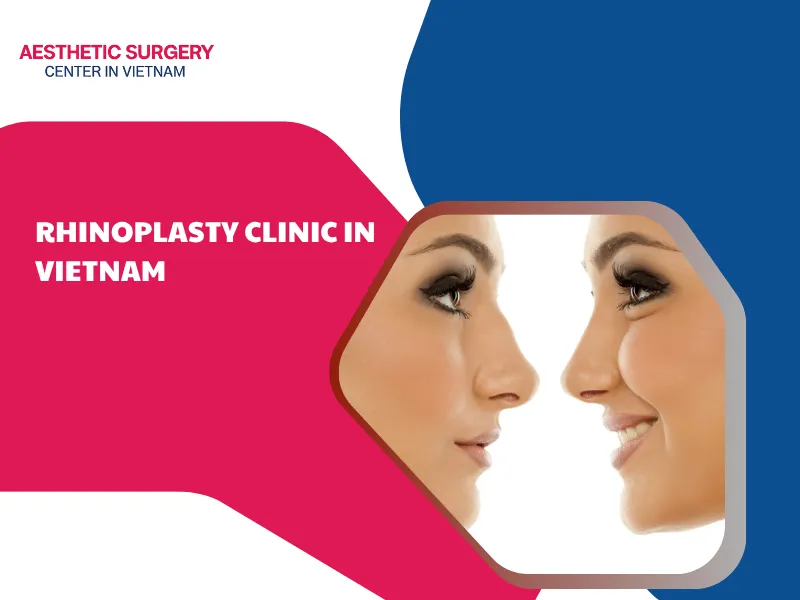
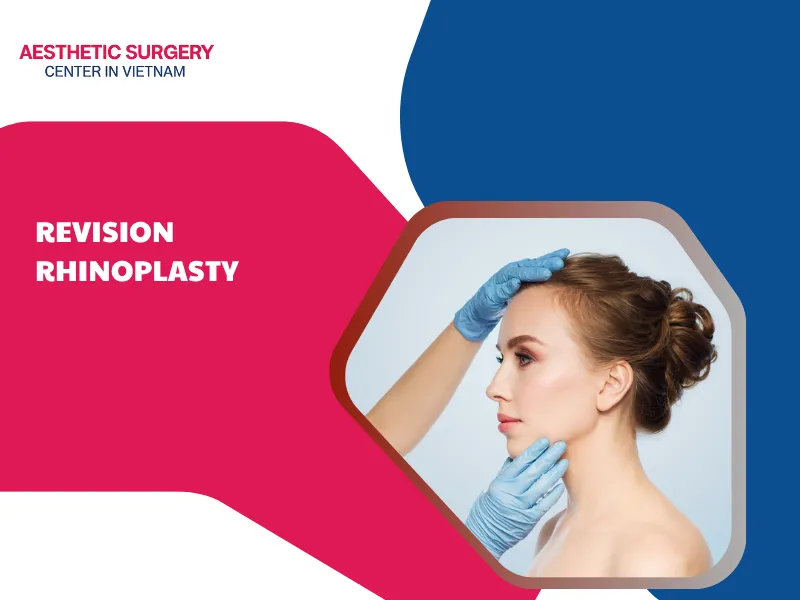

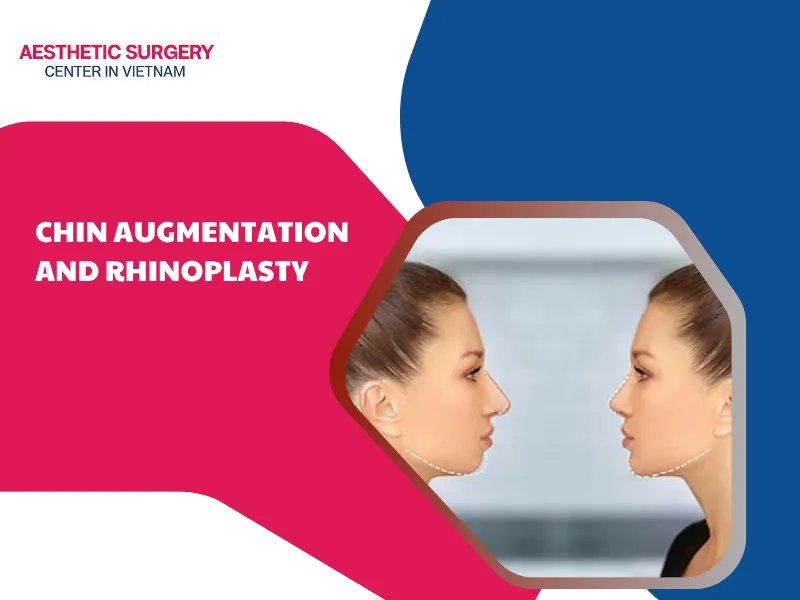
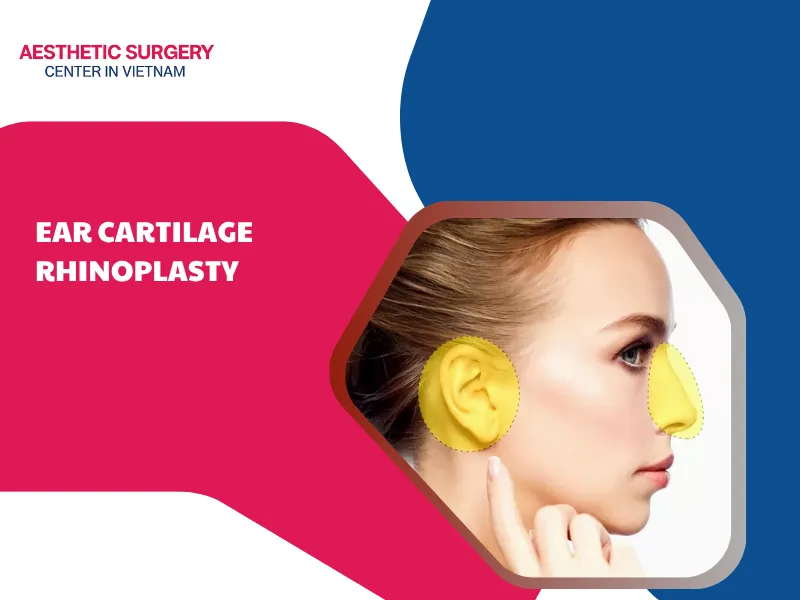




Comment on the post